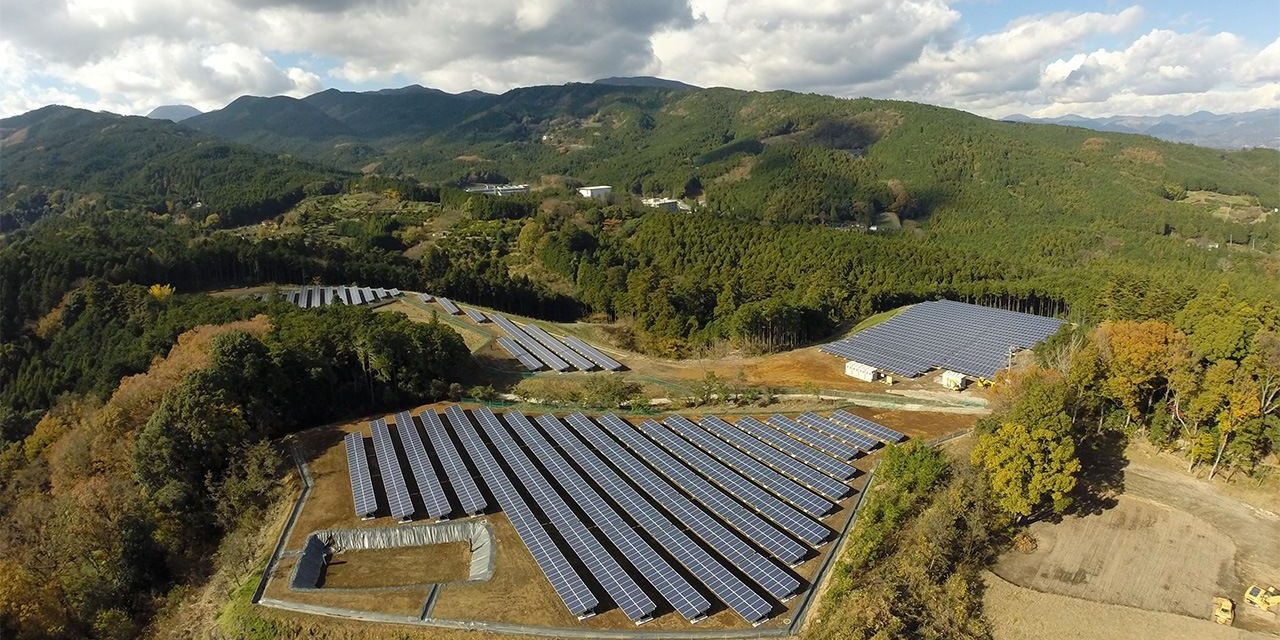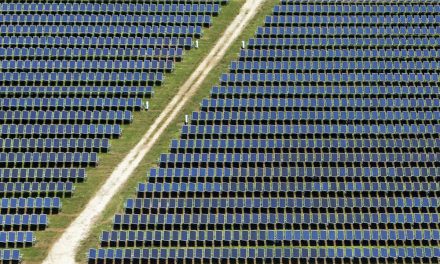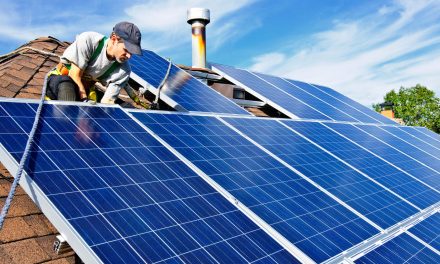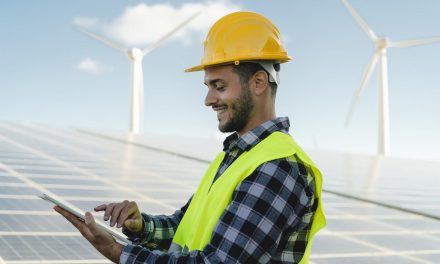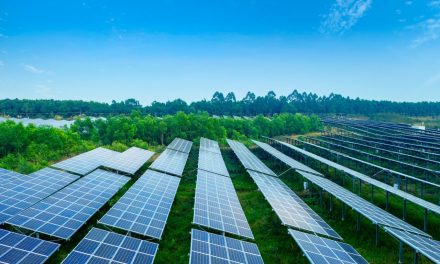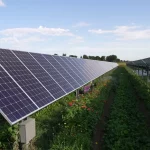The harmonious collaboration between solar energy and agriculture, often referred to as ‘agrivoltaics,’ is yielding global benefits. It’s a common misconception that solar installations consume valuable land, making it unusable for farming. In reality, dual-use solar farms allow agricultural activities to take place beneath the solar panels.
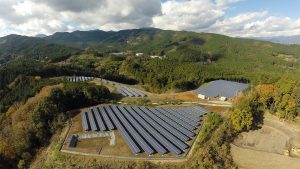
Studies have shown that certain crops flourish under solar arrays, benefiting from the moderated light conditions. The panels provide protection to crops against extreme weather, and the vegetative growth beneath can, in turn, enhance panel efficiency by regulating the microclimate. Furthermore, the infrastructure of solar farms can be utilized for rainwater harvesting, offering irrigation solutions.
Livestock, particularly shade-seeking animals like sheep, can graze among solar installations. This not only provides them with relief from the harsh sun but also assists in ground maintenance, reducing the need for mechanical mowing beneath the panels.
In essence, solar doesn’t compete with agriculture; it complements it. By recognizing and harnessing this synergy, we can unlock sustainable solutions for both energy and food production.
Cultivate the future. Explore the potential of the solar-agriculture partnership.

